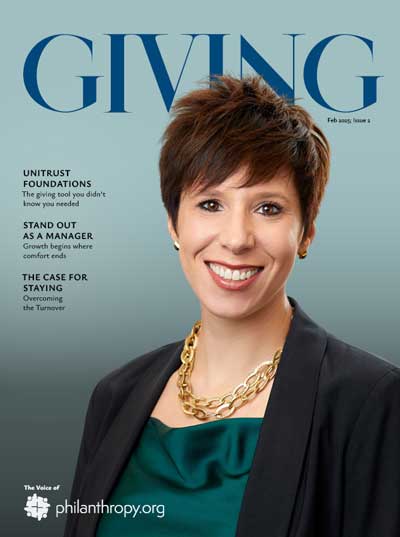
How to Ask Donors for Bequest Documentation — Without Feeling Awkward
Many donors verbally share their intention to include a nonprofit in their will, but few fundraisers feel comfortable asking for written confirmation. Yet documentation is critical for both parties: it protects the donor’s legacy and ensures the nonprofit can fulfill their wishes. This guide reveals two proven, low-pressure methods to secure bequest documentation so you can steward donors properly and safeguard future gifts without feeling awkward.









